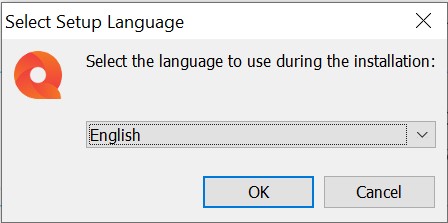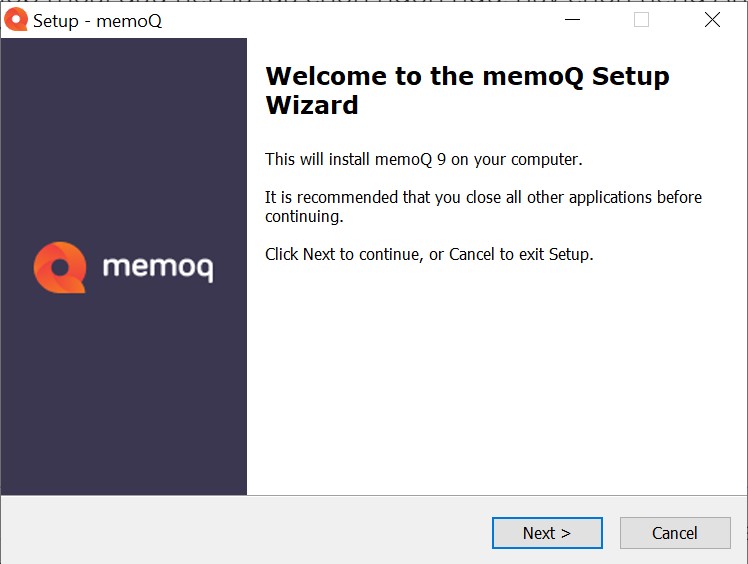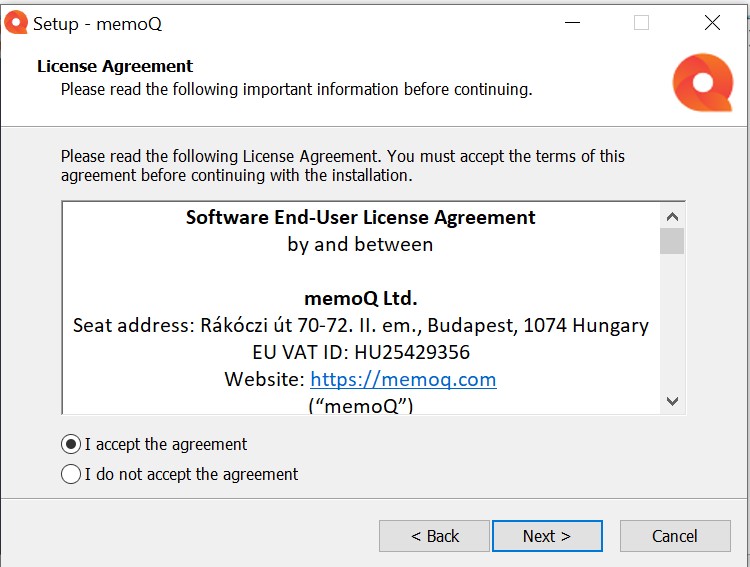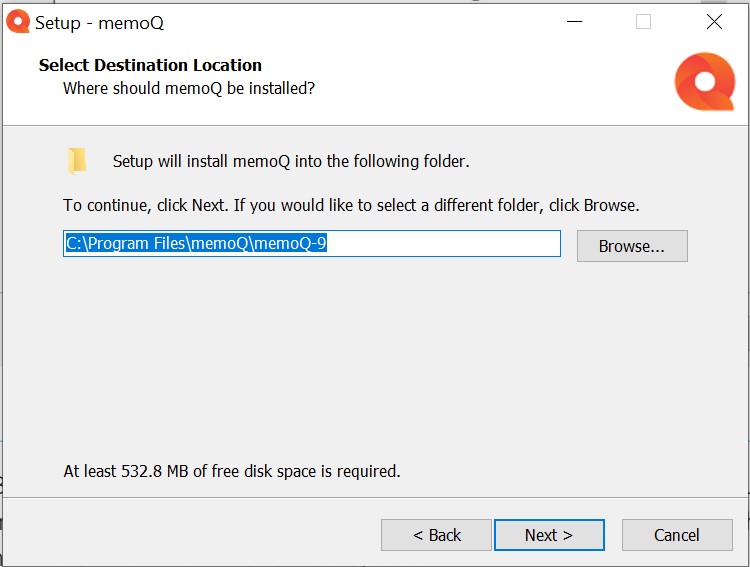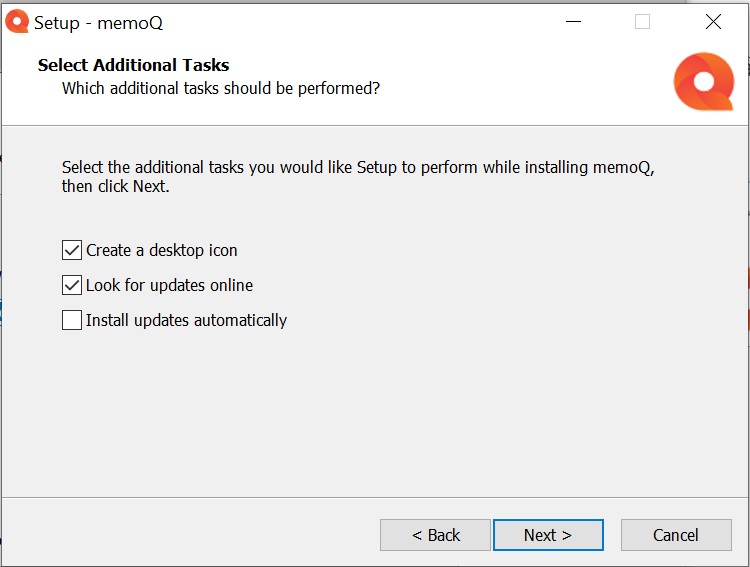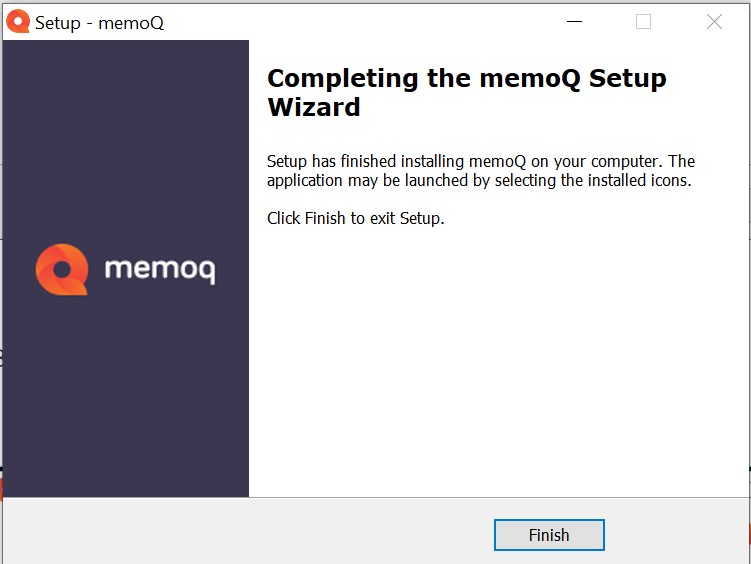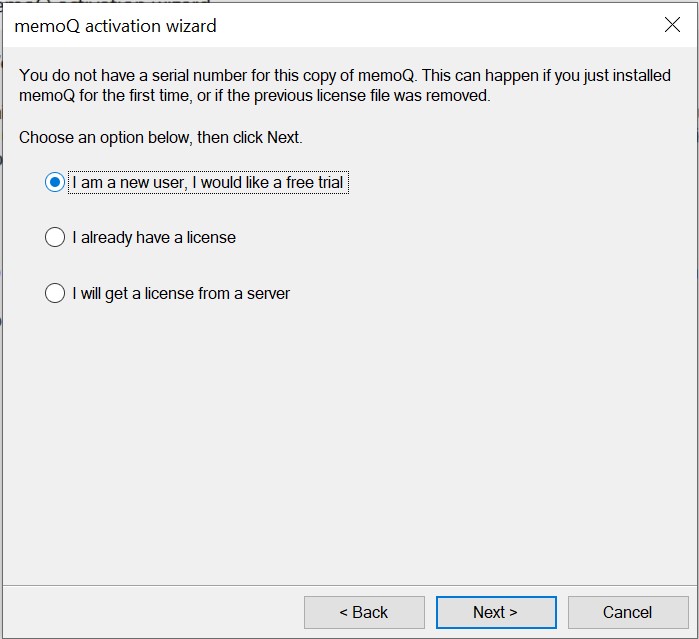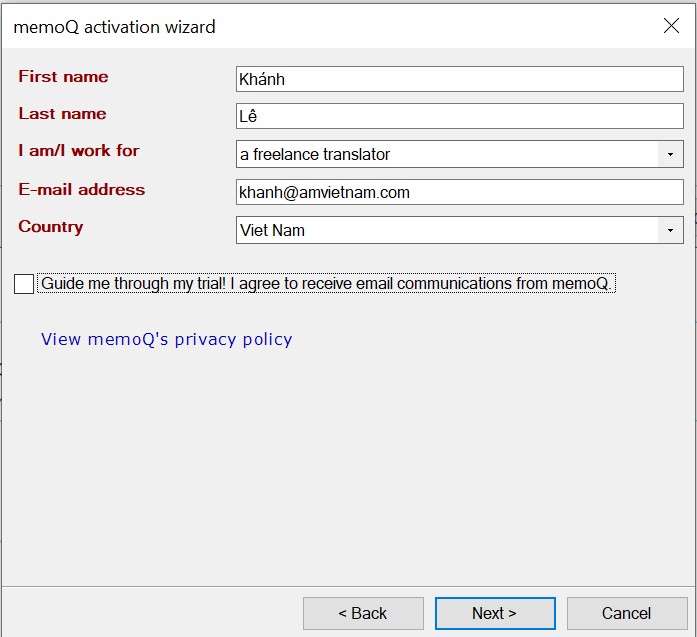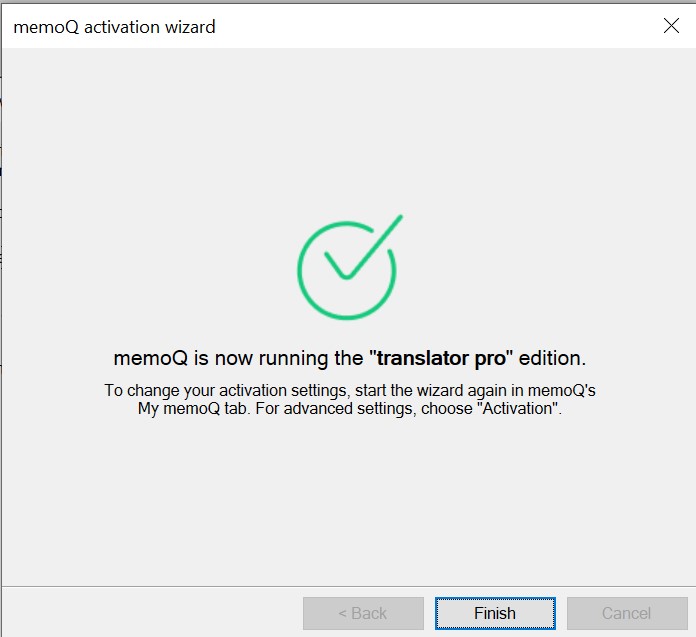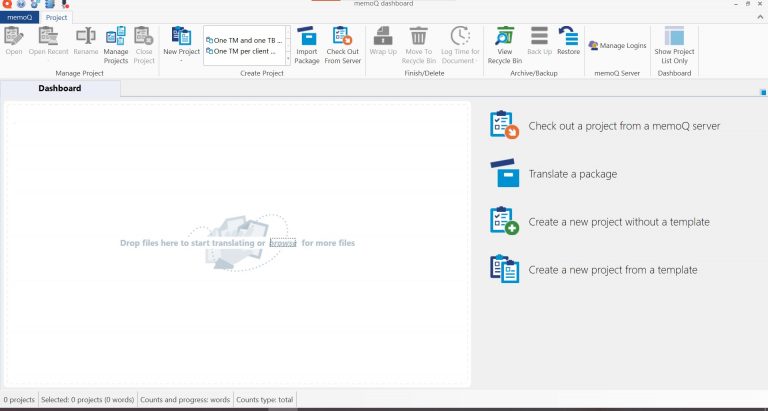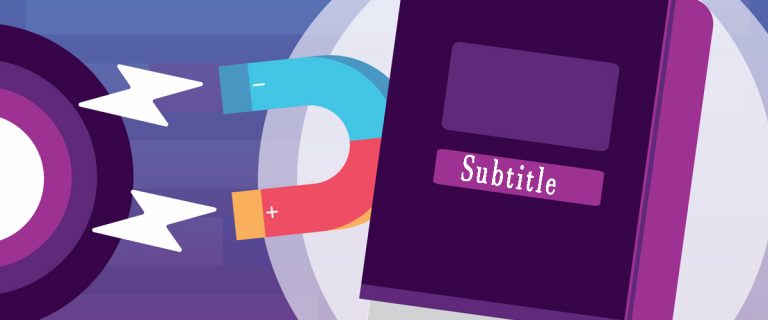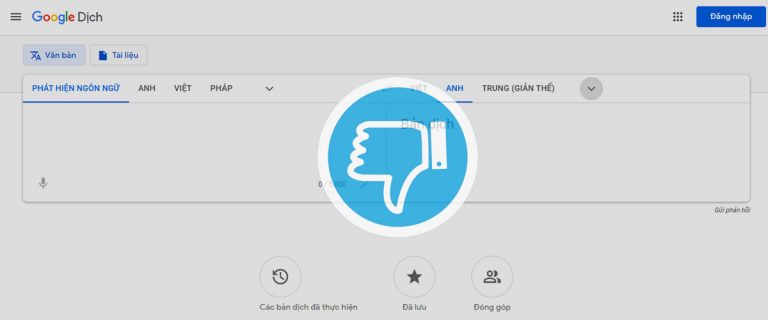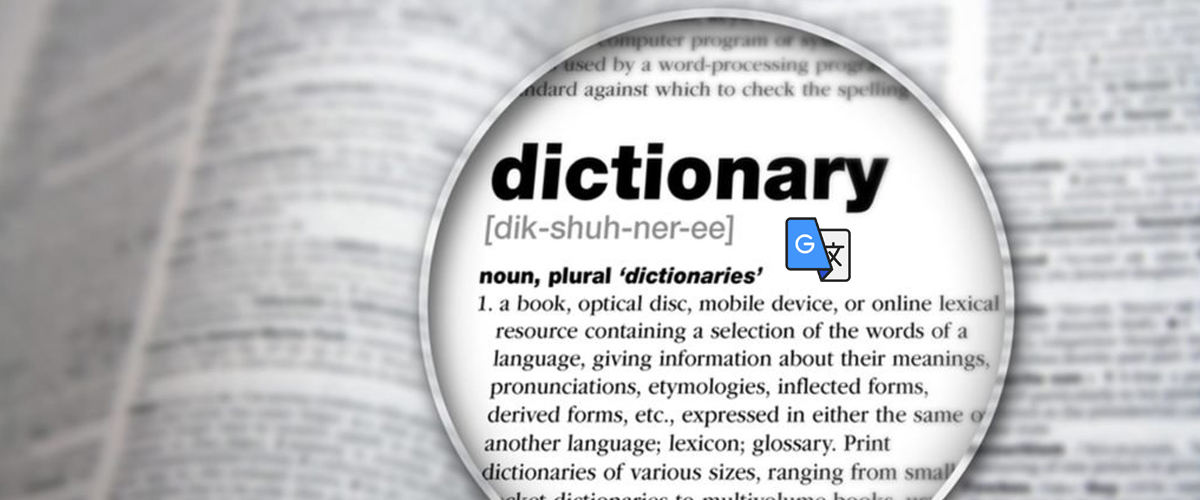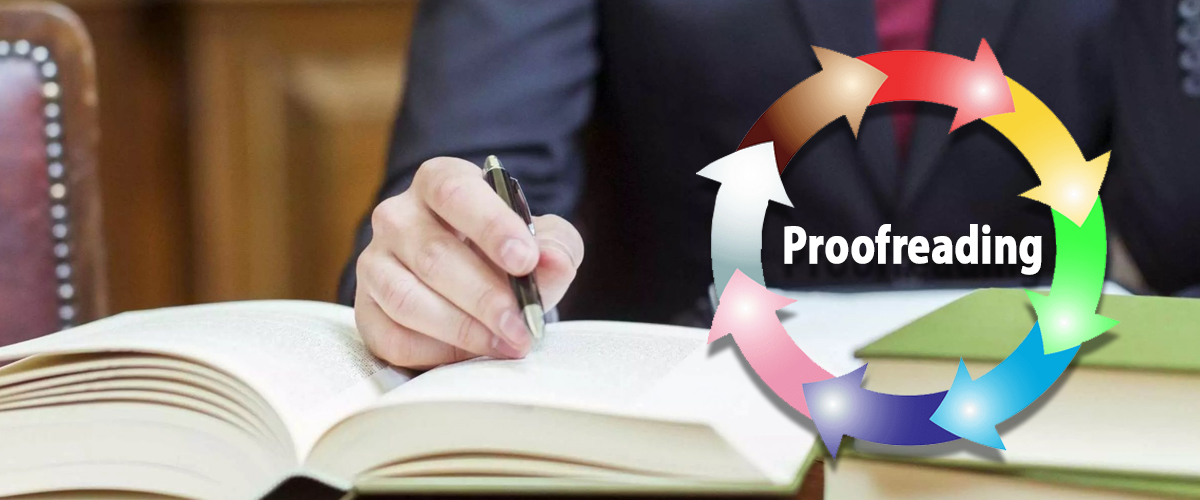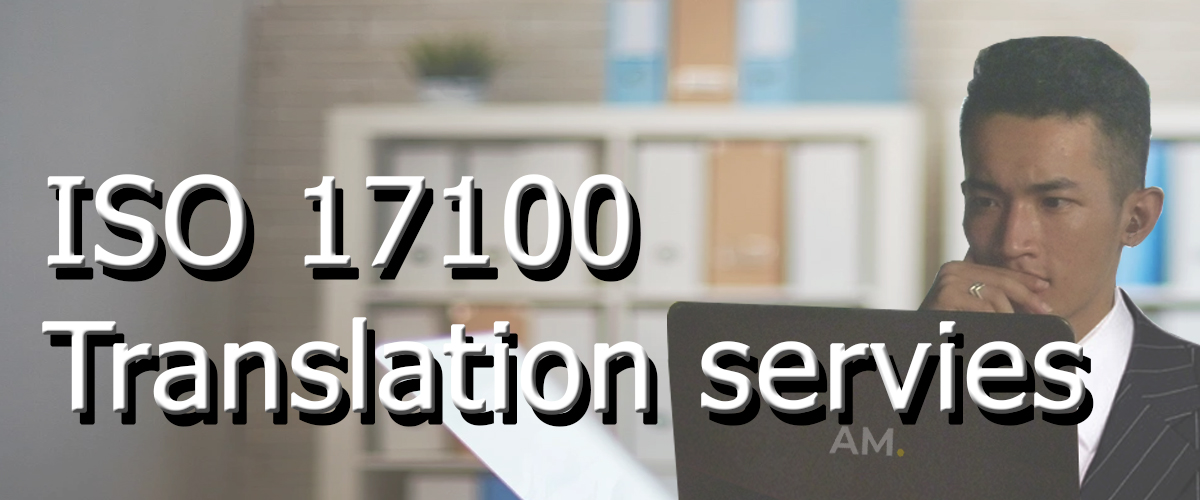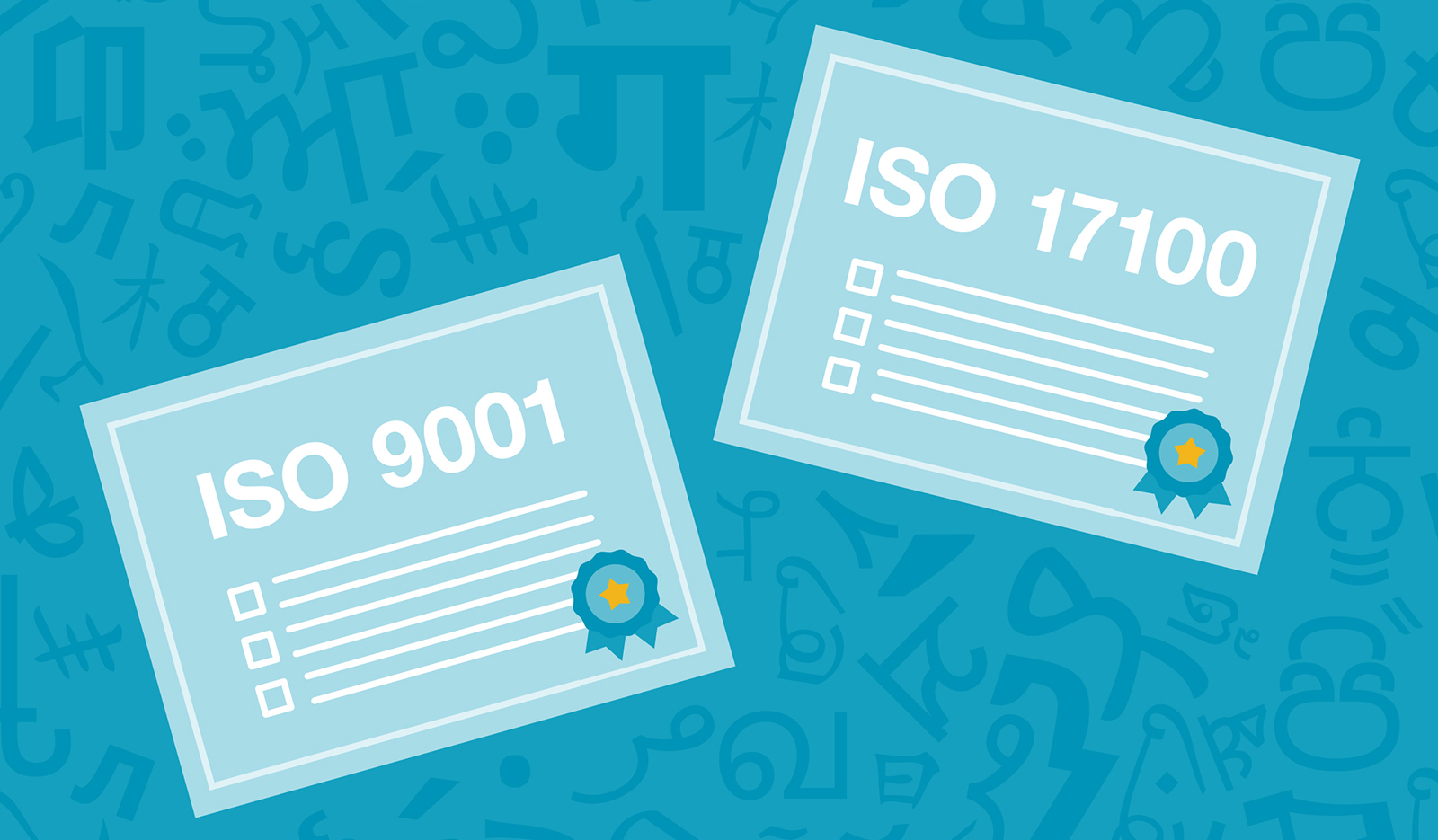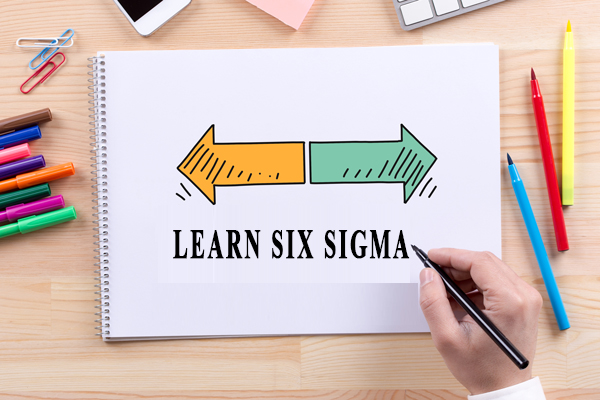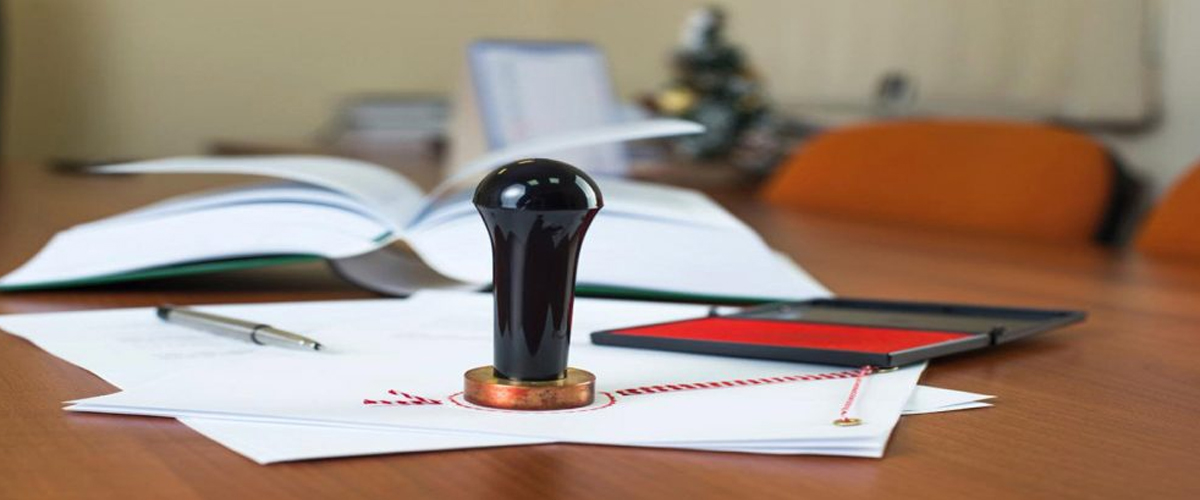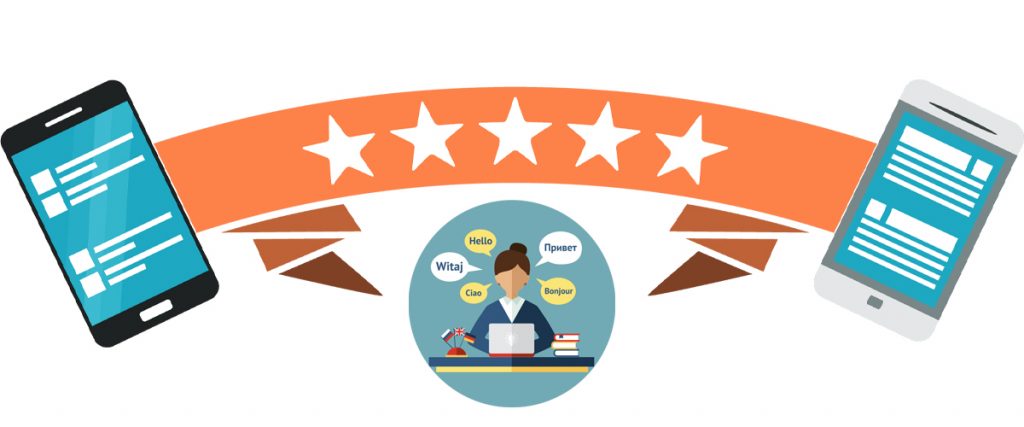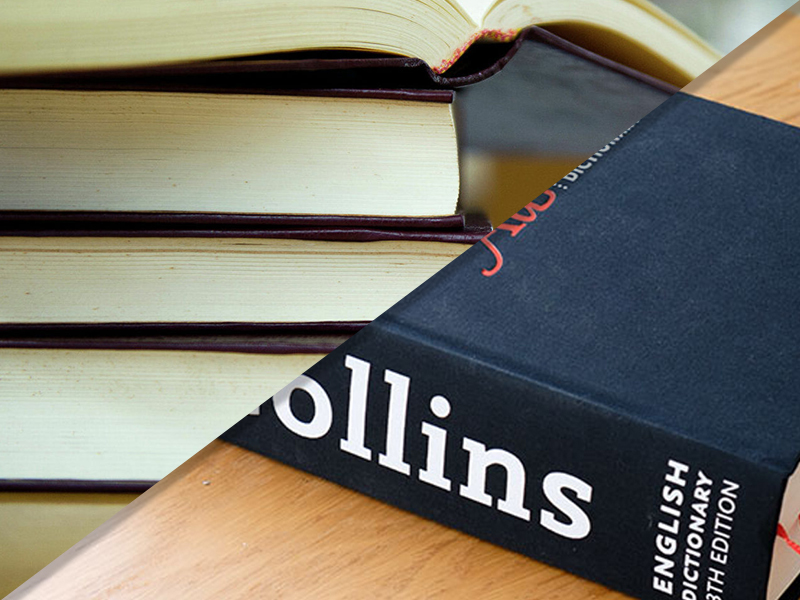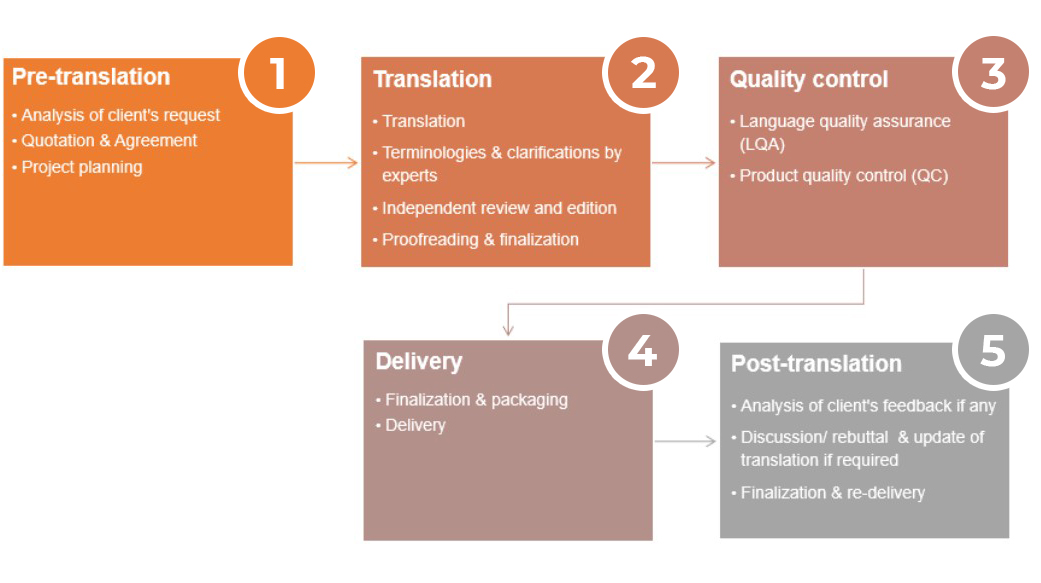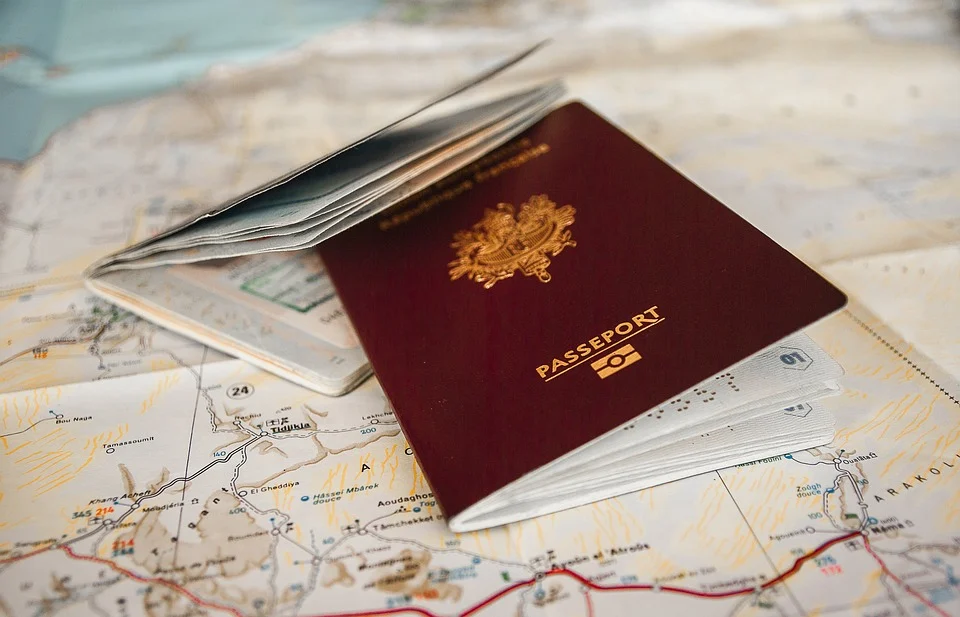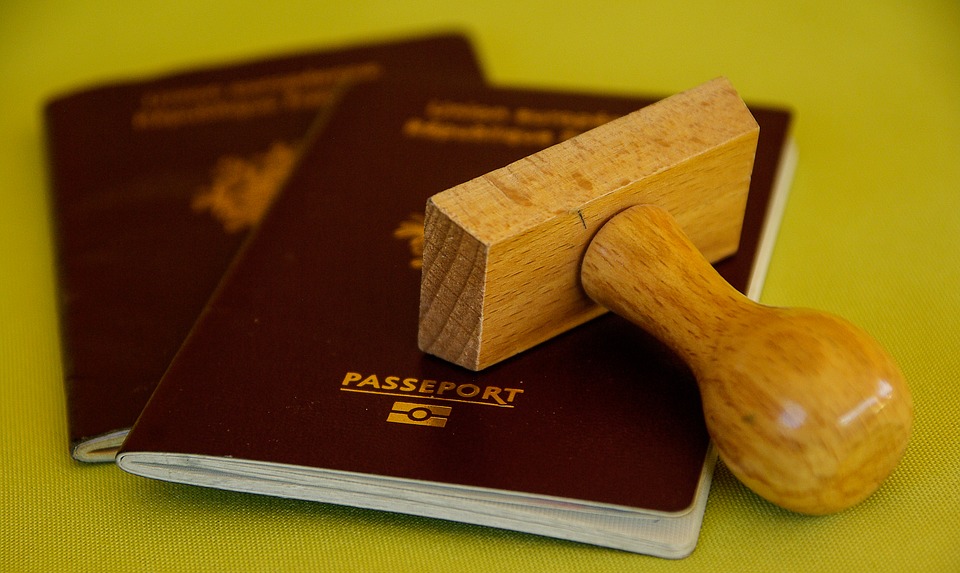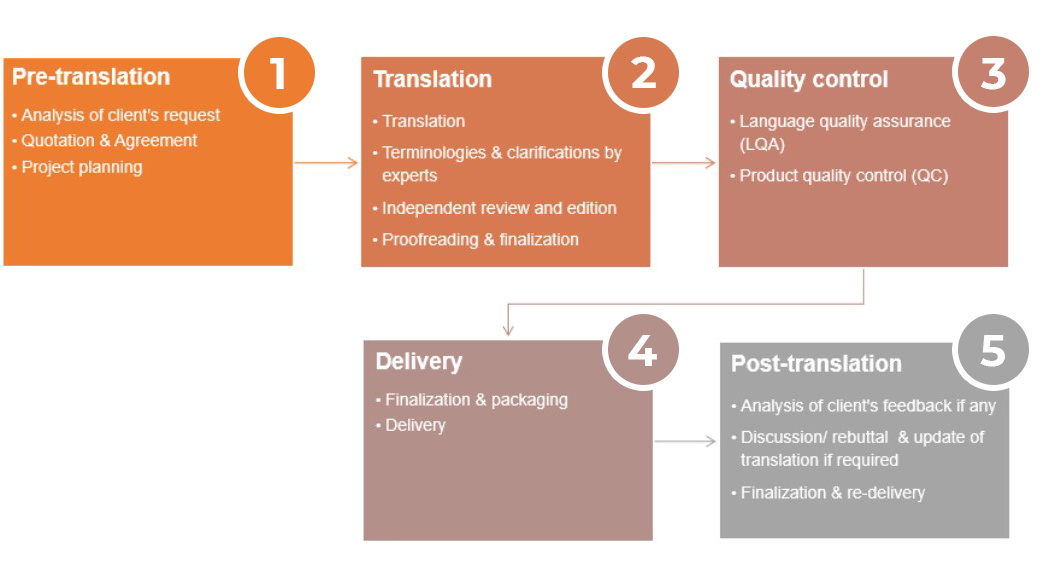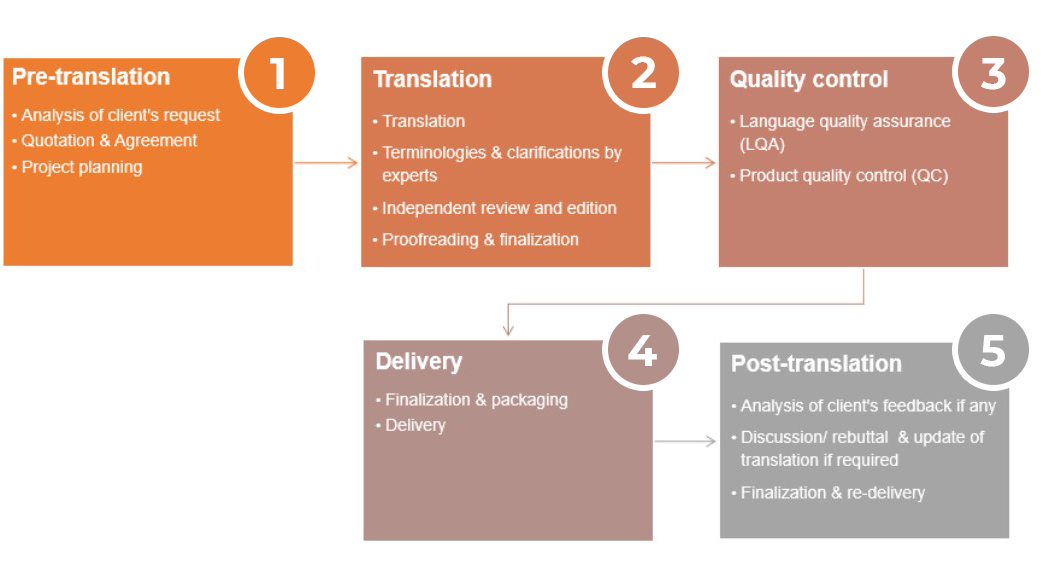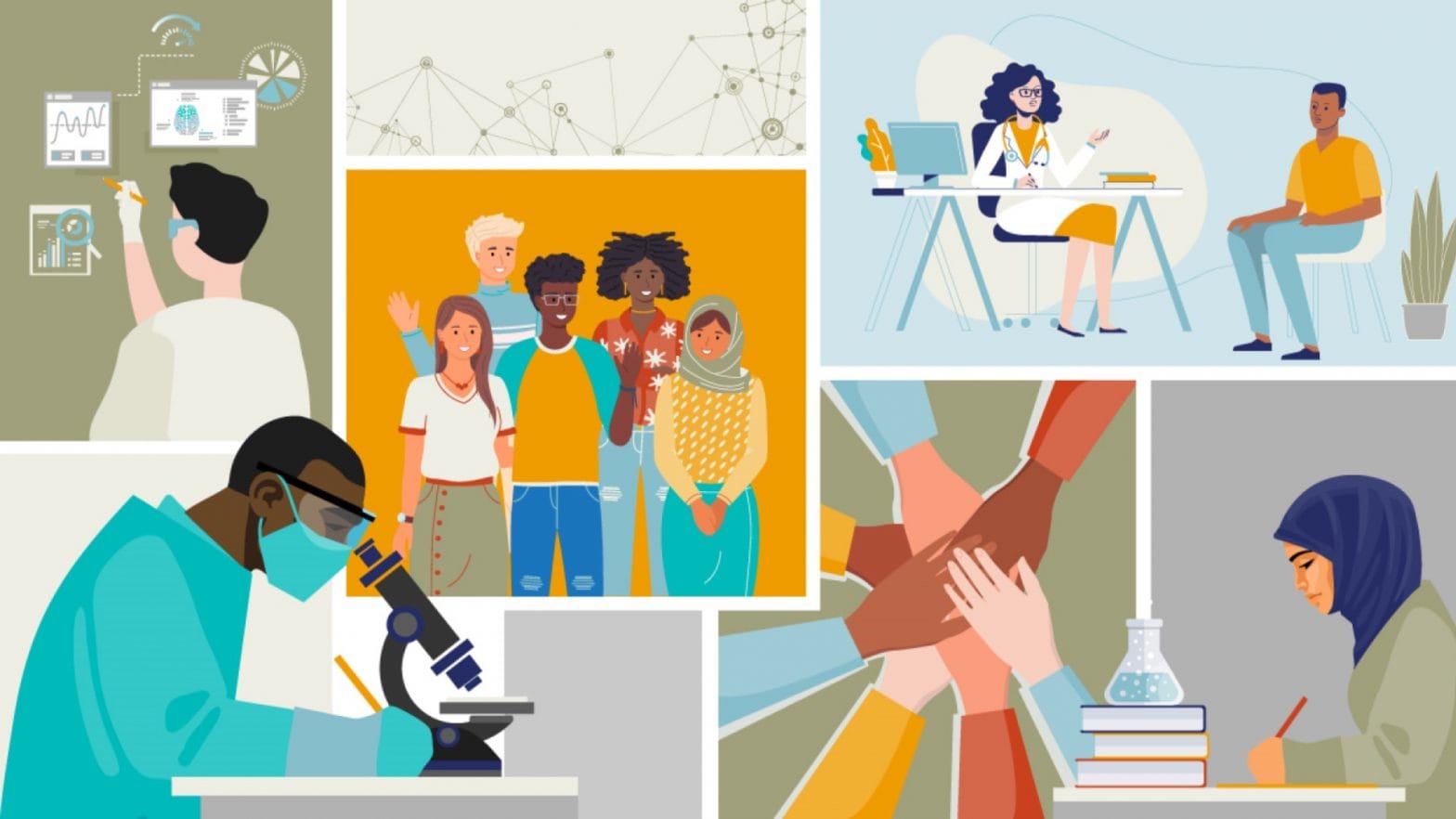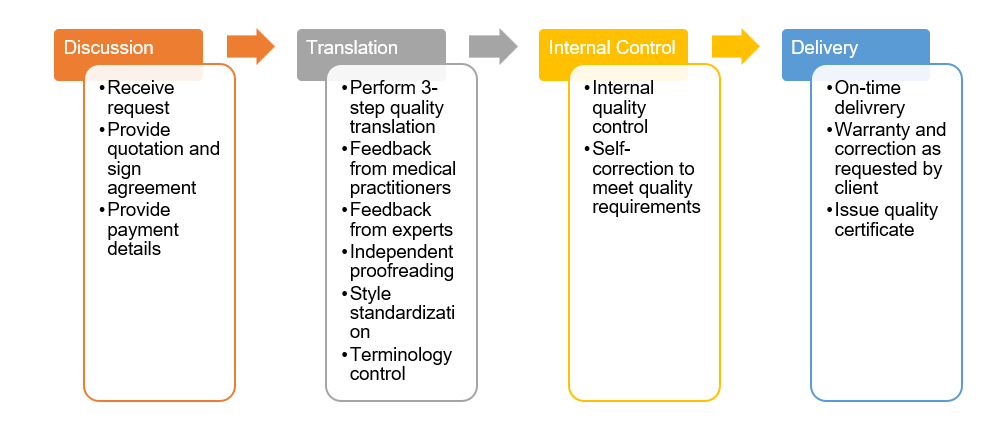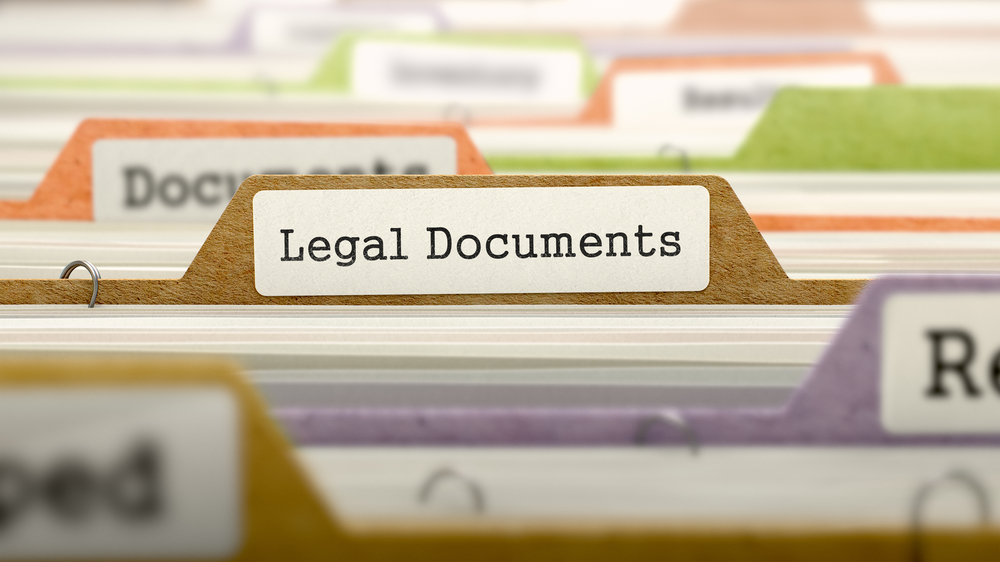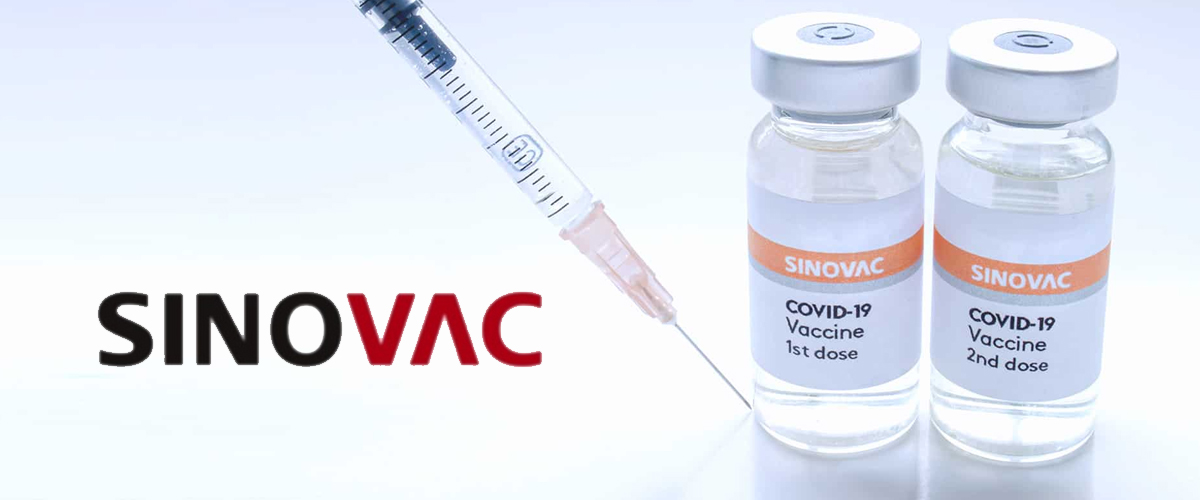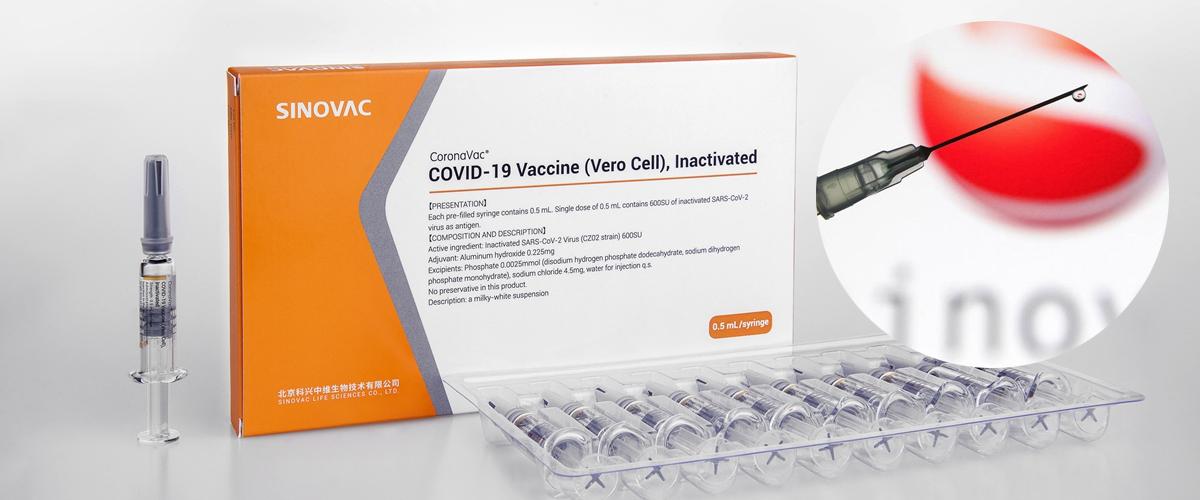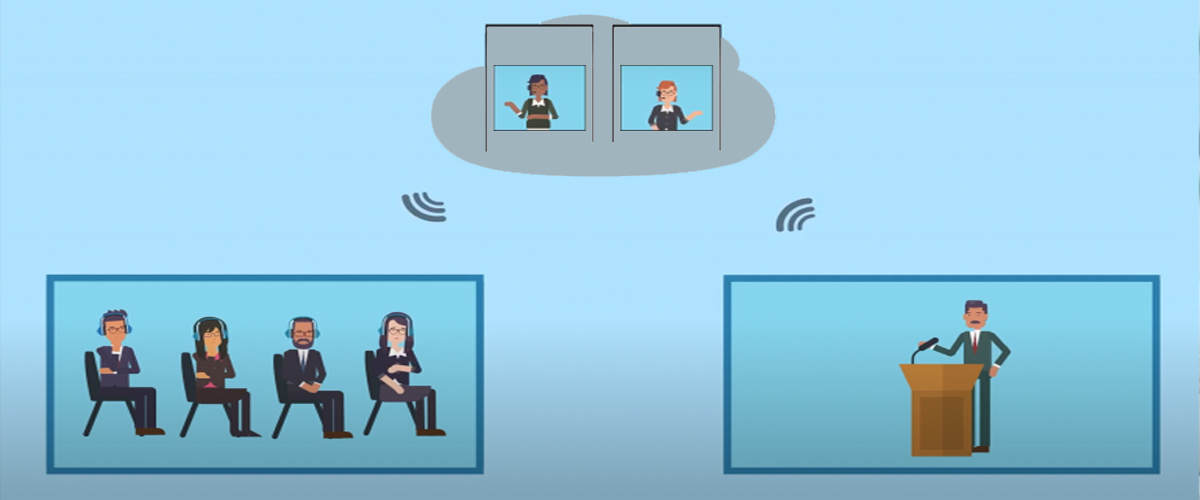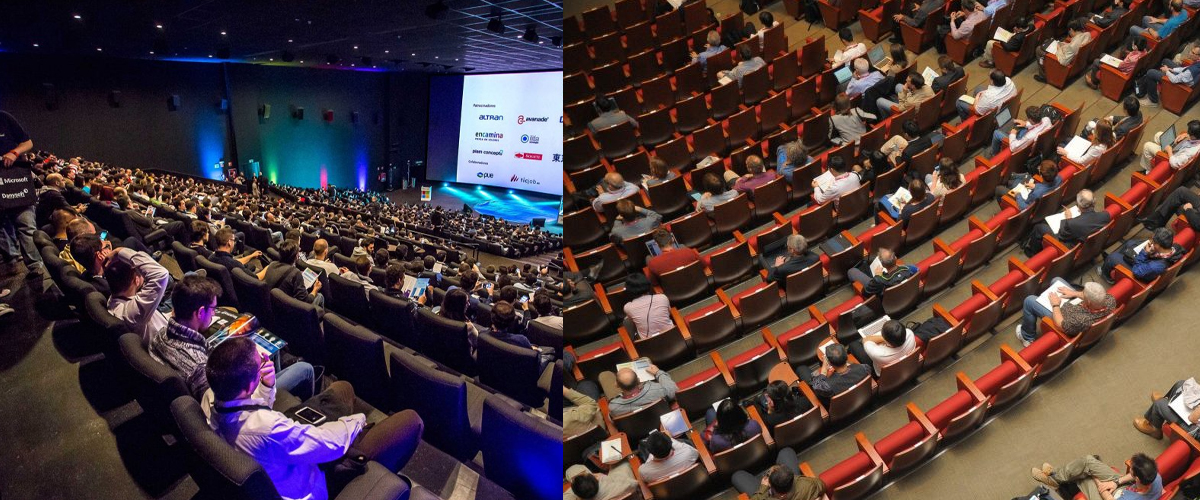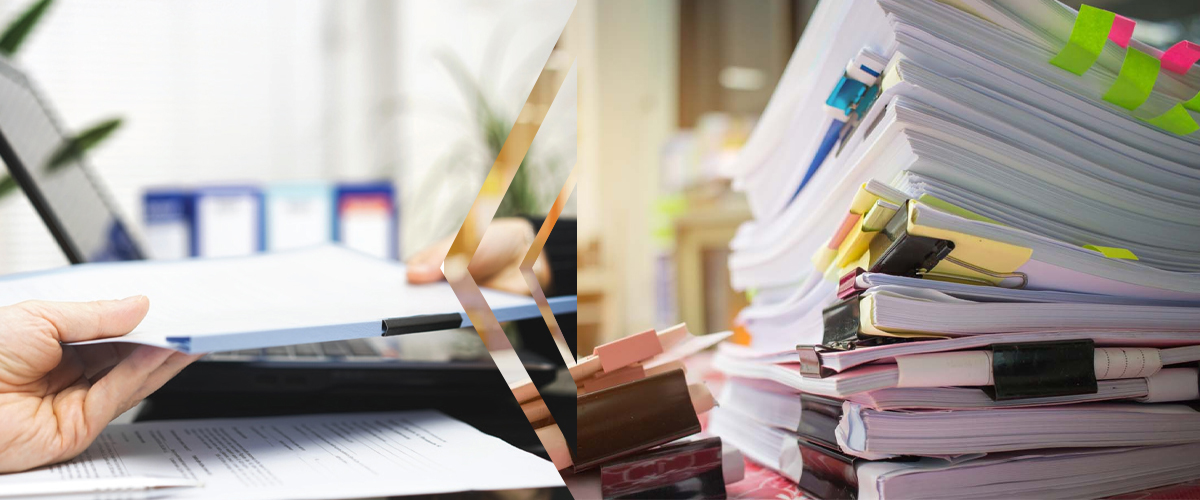Regardless of COVID-19, the gaming industry has still achieved impressive growth rates, with all market indexes showing no signs of stagnation. The game localization industry therefore has experienced a similar development. That said, someone might think that game localization is a spin-off, but in essence, game localization is symbiotic with game publishing. They thrive together to serve market need and support each other to bring game products to a variety of global players.
If you don’t know what game localization is and its benefits, this article is a guide for you!
What is game localization?
There are different definitions of game localization, below is the one commonly applied at AM Vietnam. Localization is translating the language of the game into target language for release to gamers so that they can play in that target language. Games are usually developed in English, while the target languages are other languages like Japanese, Chinese or Vietnamese, etc.
Note: internationalization is localization into many different target languages. The term internationalization usually applies to games into localized at least four of the world’s most popular languages: English, Chinese, French, and Spanish.
Game localization is a process that strictly adheres to quality, cultural and stylistic criteria. A game localization process typically includes the following steps:
- Translation;
- Localization & cultural adaptation;
- Testing & Editing; and
- Language Quality Assurance (LQA).
With the next generation – Metaverse (virtual universe), gamers need to live and enjoy the feeling of virtual reality in games. They want to understand each other’s speech, understand dialogue and messages to bridge the seemingly invisible gaps that have existed for several decades. Game localization will not only stop at the current missions but also need to be upgraded to the level of real-time localization. In my opinion, this is a prerequisite for the success of the virtual universe or future games.
Game localization is relatively different from common localization projects like marketing campaign. Every element in the game needs to be translated and adjusted to suit the player. Messaging, chat and other features that capture the gamer’s imagination should all be expressed in a friendly and appropriate language.
What are the benefits of game localization?
As with other localization solutions, game localization will achieve wider reach. For example, instead of a game that is only for people who can understand English to play, now, if that game is localized into Vietnamese, it will get expanded to the players who understand Vietnamese.
To be more precise, a localized game will bring benefits to many parties including: players, developers, retailers (e.g. game stores) and online advertising agencies (like Google AdMob).
Promoting sales
According to the global game publishing index, English games account for only 27%. That makes developers have to look to the Asia-Pacific market to consider market strategies. And one most effective strategy is always Localization. Game localization for Asia-Pacific markets such as China, Japan, Indonesia, Korea and even Vietnam will boost revenue significantly. Some other regions such as Europe (France, Italy, Germany and Spain) and South America also have a significant number of gamers. Exploiting niche markets is also a strategy of the game publishers.
When a game is played by many users, in addition to being able to earn from fee, publishers can also advertise on it. Advertising is the goldmine that every developer is aiming for.
Increasing downloads
Just like other marketing industries, expanding the market through localization will increase the target customer. According to statistics on the Stores, the more languages the game has, the more often it is downloaded and played. For example, most of the games in the top 500 downloads in the Chinese market support Chinese well. Even in European regions, where English proficiency is high, gamers still prefer games in their home language. It can be said that it is the national pride and cultural identity of each gamer.
Enhancing user experience
User experience is a priority in every project not only game but also mobile app. A positive user experience is a key factor driving the development and popularization of the game. One thing is for sure, users are easy to quit if they do not understand an important feature of the game. The game is therefore also less attractive and creates a reverse chain reaction.
Players always tend to want to lead the game, so they need to be empathetic and immersed in the story, the battles and enjoy them as a pleasure. Every feature, skill or combination must be thoroughly understood.
Game language is a type of social network culture, where gamers have the right to create their own language and ways of playing to make a difference. Localization also needs to understand these trends to be able to create friendly and exciting localized products.
Creating competitive advantages
Speed and friendliness are two competitive advantages. We can create these advantages with a localization strategy. For example, a game that is internationalized will have a competitive advantage compared to that game if it is only published in English. This is understandable and recognizable because the more languages the game has, the higher the market absorption rate of that game and the larger the market is.
Avoid confusions among players
Professional localization will reduce misunderstandings about game context. This means that all players will understand clearly their mission, how to play, tactics or tips. Context localization is not simply translation. To localize the context, you need a game expert. He or she understands the game’s language culture, player trends, slang, jokes, and cultural references of the target language.


